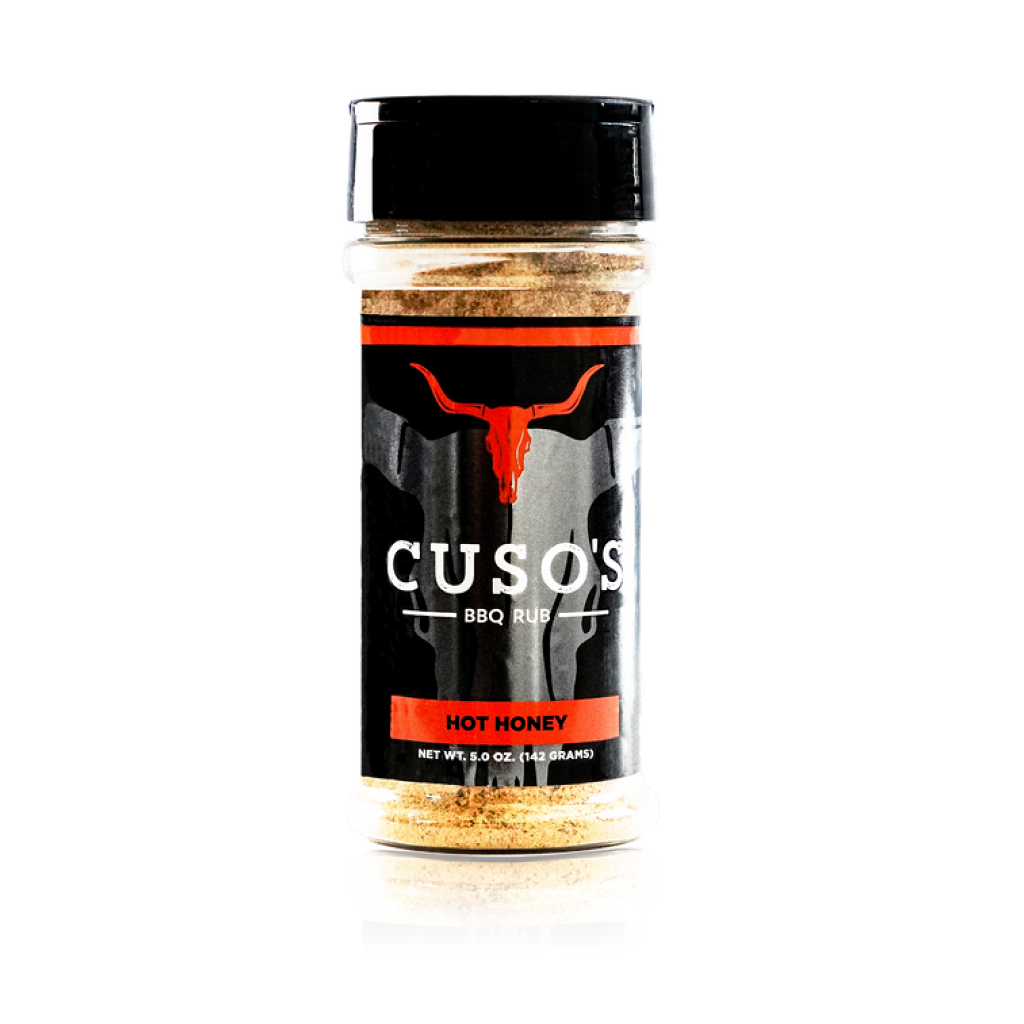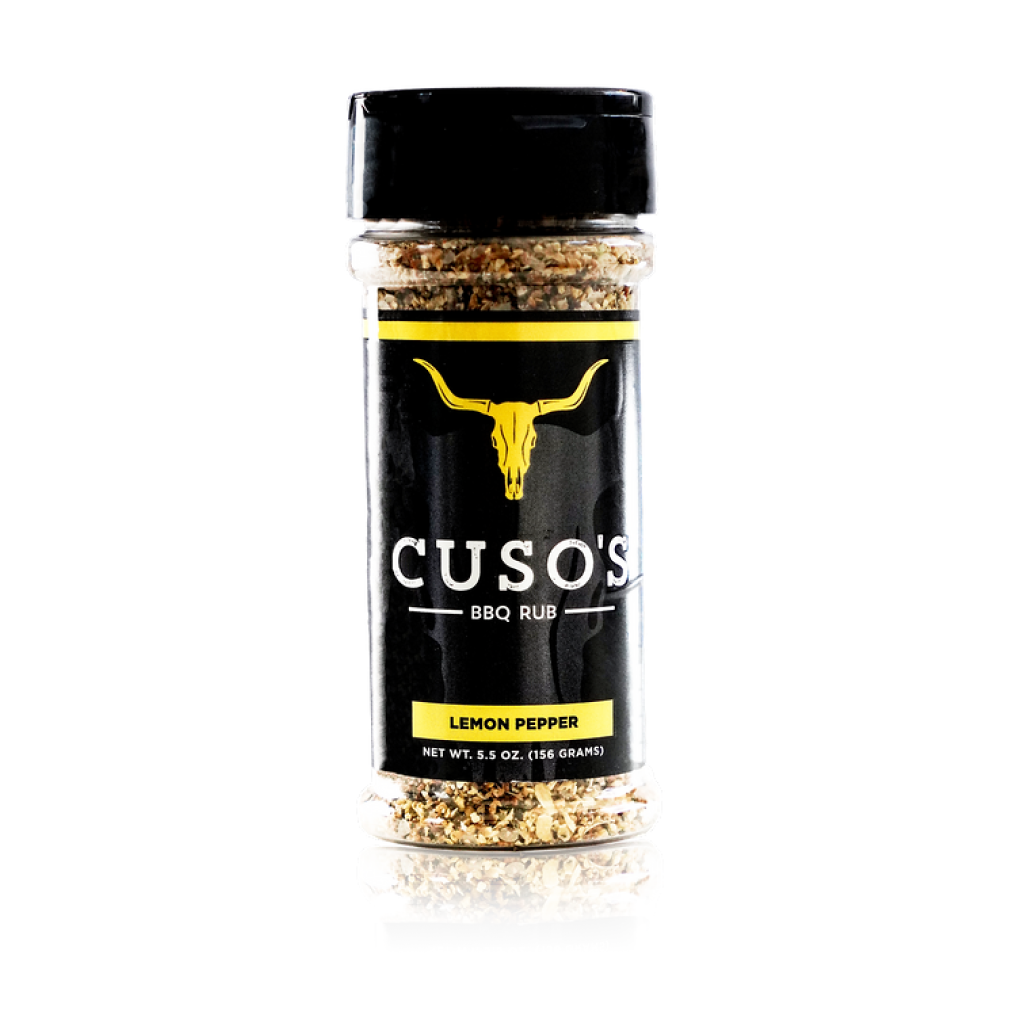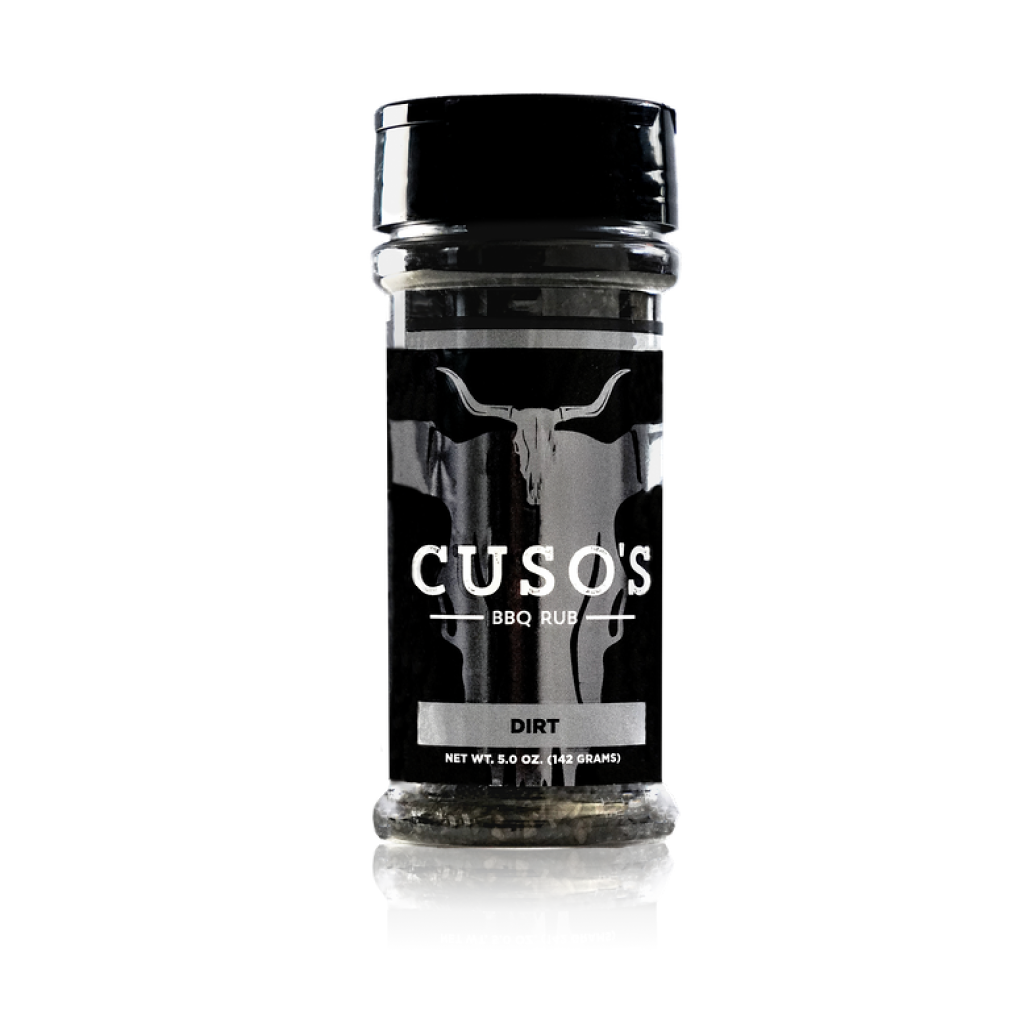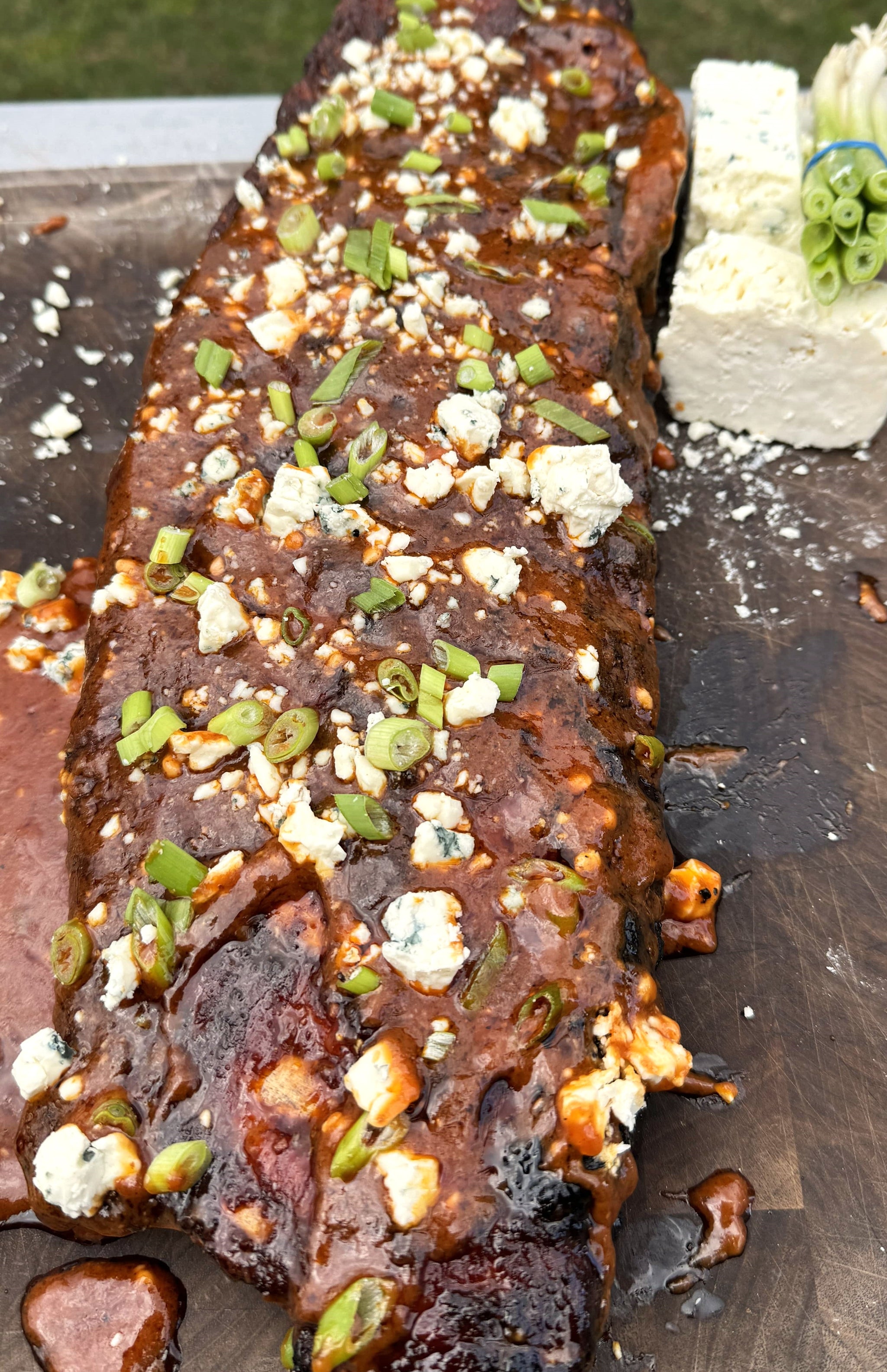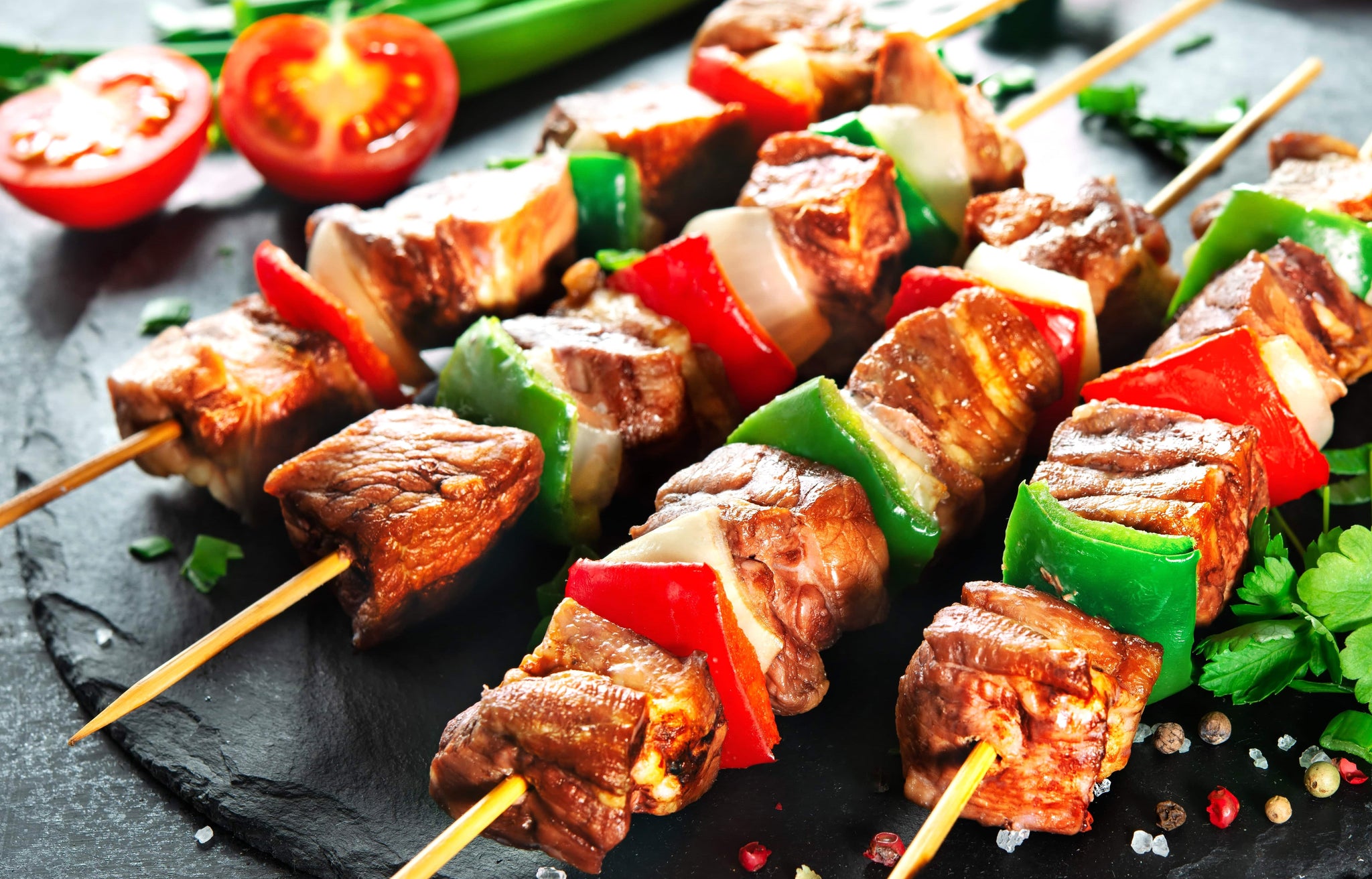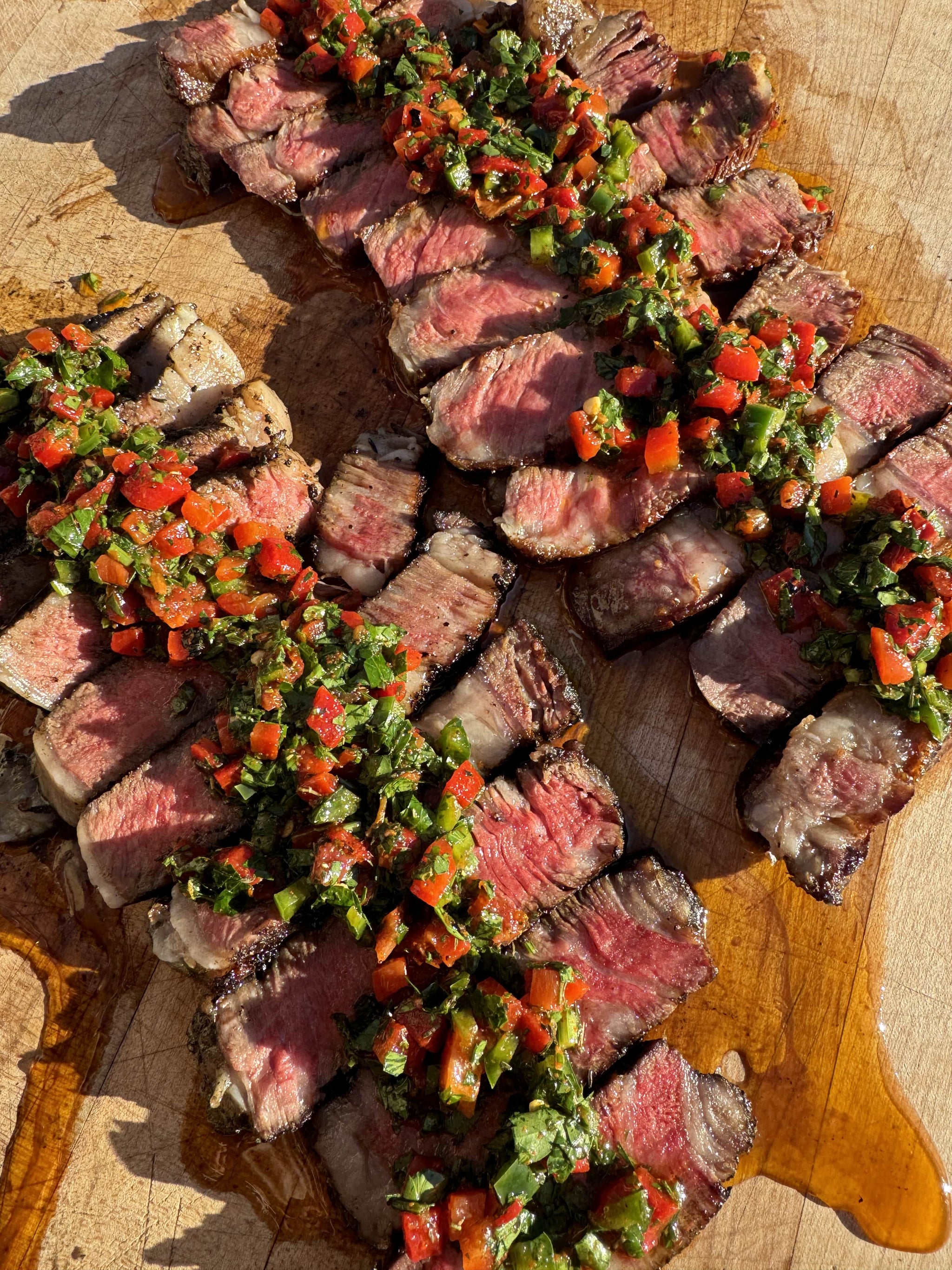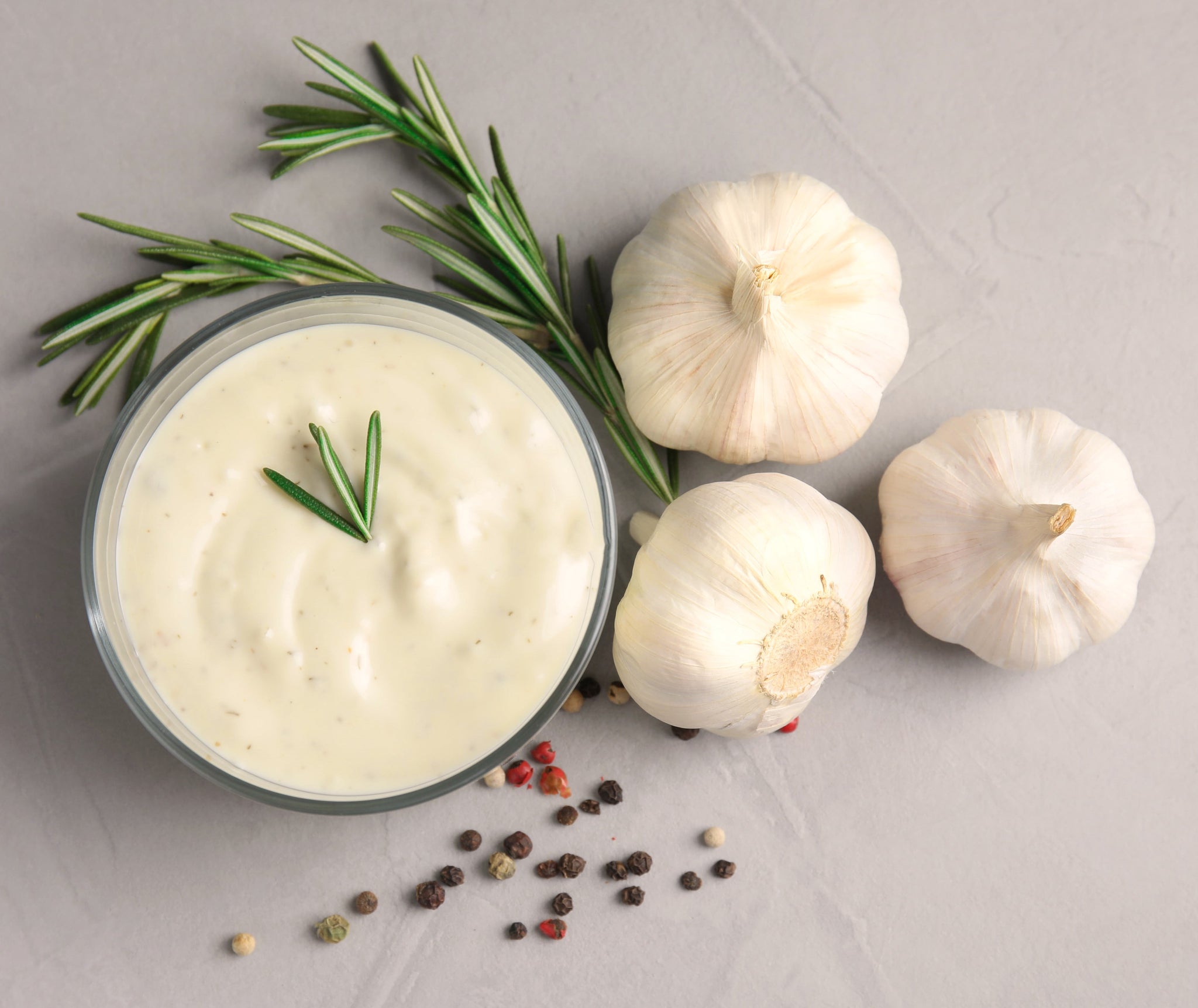Ah, the thought of succulent dry-aged beef steak dances in your head-that is until you experience sticker shock. A well-aged piece of meat can cost from 50-100% more than your everyday reverse sear tri-tip, for example.
To explain why, I’ll begin with the basic process. The professional aged cuts start their life in special rooms or machines designed to protect the meat from rotting. The beef’s location is carefully measured for temperature, humidity, and airflow. While some folks might have room for a dry-aging machine, they may not have the square footage. A whole room dedicated to dry aging? Well, you have to be a died-in-the-wool fan! Plus, there is a certain amount of meat lost in the aging process. It’s cutaway, increasing the cost of the resulting bite higher.
Having said all that, imagine with me the bragging rights you’d have with family, friends, and guests by producing your own dry-aged beef for a meal? Yeah, that’s the ticket!
Why Dry Age Beef?
Aging, also called ripening, gives the meat a distinctive yummy flavor and positively affects tenderness. The changes don’t really manifest until at least day 3 after the aging process, however.
Can You Age Beef at Home?
It depends on who you ask. In our opinion, the answer is yes if you follow the safety rules carefully, but first things first. Buying the meat.
The general rule of thumb is getting a beef product that flourishes with quick cooking, like New York Strip, rib, and porterhouse. Also, look for cuts with protection from fat or bone.
The Next Steps:
The best approach for home dry-aging is if you can dedicate a mini fridge to the occasion and put a battery-operated fan inside. It’s easier to maintain a safe temperature this way, 40 degrees F. You are also keeping your treasure far away from other household refrigerator tastes and lingering smells.
- Wash the refrigerator and fan carefully.
- Unwrap the beef. Pat it dry with paper towels. Do NOT trim it. Remember, trimmings protect the meat.
- Now grab a wire cooking rack that will sit inside the fridge comfortably. Put your beef on it inside, and close the doors.
- Age: If you only want a tender steak, you can stop between two weeks and one month. To really develop flavors, however, you need 4-6 weeks. Wanna go for the gusto? Two months or more brings out really funky flavors. There’s one guy in France dry-aging beef for a decade or longer! I’m not sure I could wait that long.
IMPORTANT: Don’t open that door! Patience is a virtue. Opening the refrigerator door, no matter how tempting, messes with the temperature and airflow. A reminder: You already can’t control humidity much, so limit your inspections.
When the date comes to release the proverbial Kraken, the exterior of the beef will be deep red or purplish brown. Some spots may have mold. Don’t worry. You’ll just cut that away using a decent knife and a good cutting board. You’ll also remove the hard exterior and fat until you reach the soft interior.
Now it’s just a matter of cutting your portions to personal taste. Bear in mind, it is difficult to replicate the butcher-style dry-aging process, but you’ll still have a great end product.
What About Dry Aging Kits with Bags?
The reviews of various dry-aging bag products are, well, a mixed bag! Many are too small for making a substantive amount of beef. Others leak, don’t seal properly, or just don’t seem to work at all. Bags don’t allow for air circulation, which is an important part of dry aging.
Can Dry Aged Beef Be Frozen?
Absolutely. When you’re done with the aging process, and cooked up all the meat desired, put it into an air-tight food storage bag intended for freezer use. If you have a vacuum sealer, it’s all the better. Freezing dry-aged beef has no negative impact. On average you can keep dry-aged beef frozen for 6 months.
Pit Master’s Memo
Dry aging beef is a traditional butcher’s process. The meat went into a locker to preserve it longer. In this respect, dry aging is “old world” style, and was probably around long before people talked much about it.
Side Ideas
- Goat cheese salad or melty brie with vegetables
- Crispy green beans
- Grilled balsamic figs
From The Bar
Avoid anything too heavy-handed that takes away from your aged meat masterpiece. For wine try Amarone or Cabernet from Napa Valley, for beer, match the body of the beer to the aged beef’s intensity, like a Belgian Stout or a smoky Porter. As a cocktail, an old-fashioned works as does gin with a touch of melon and whisper of honey. If you’re the designated driver have some cranberry juice with club soda and a twist of orange.


